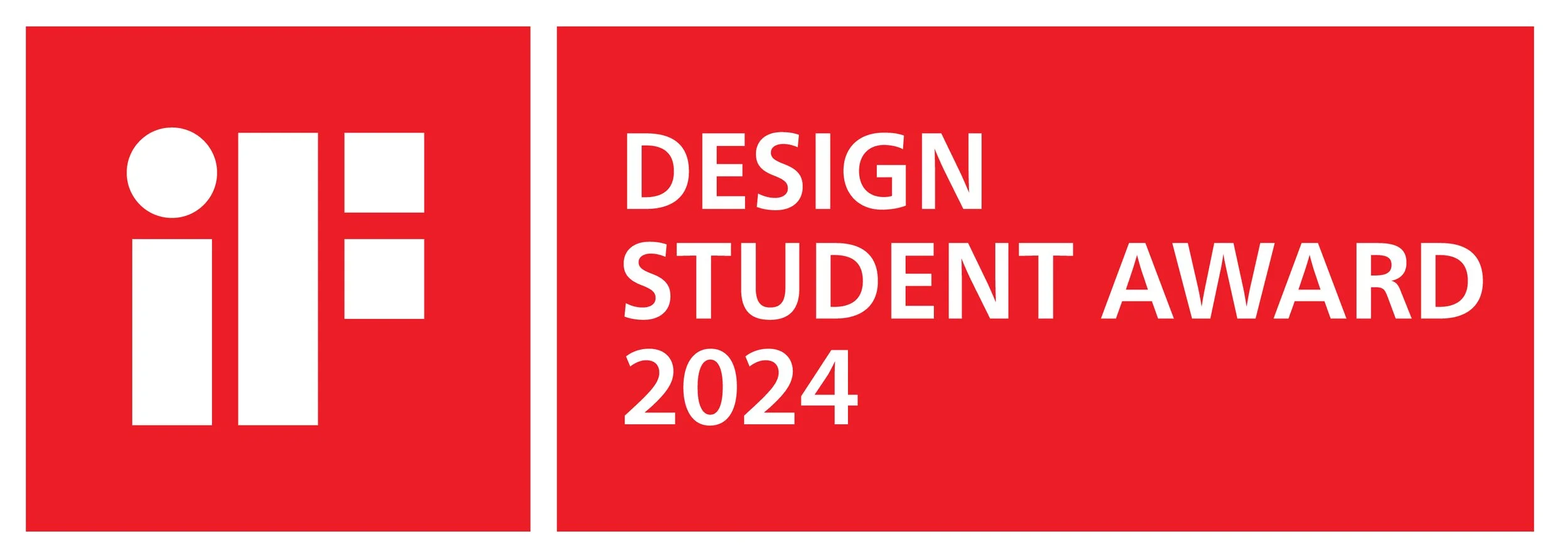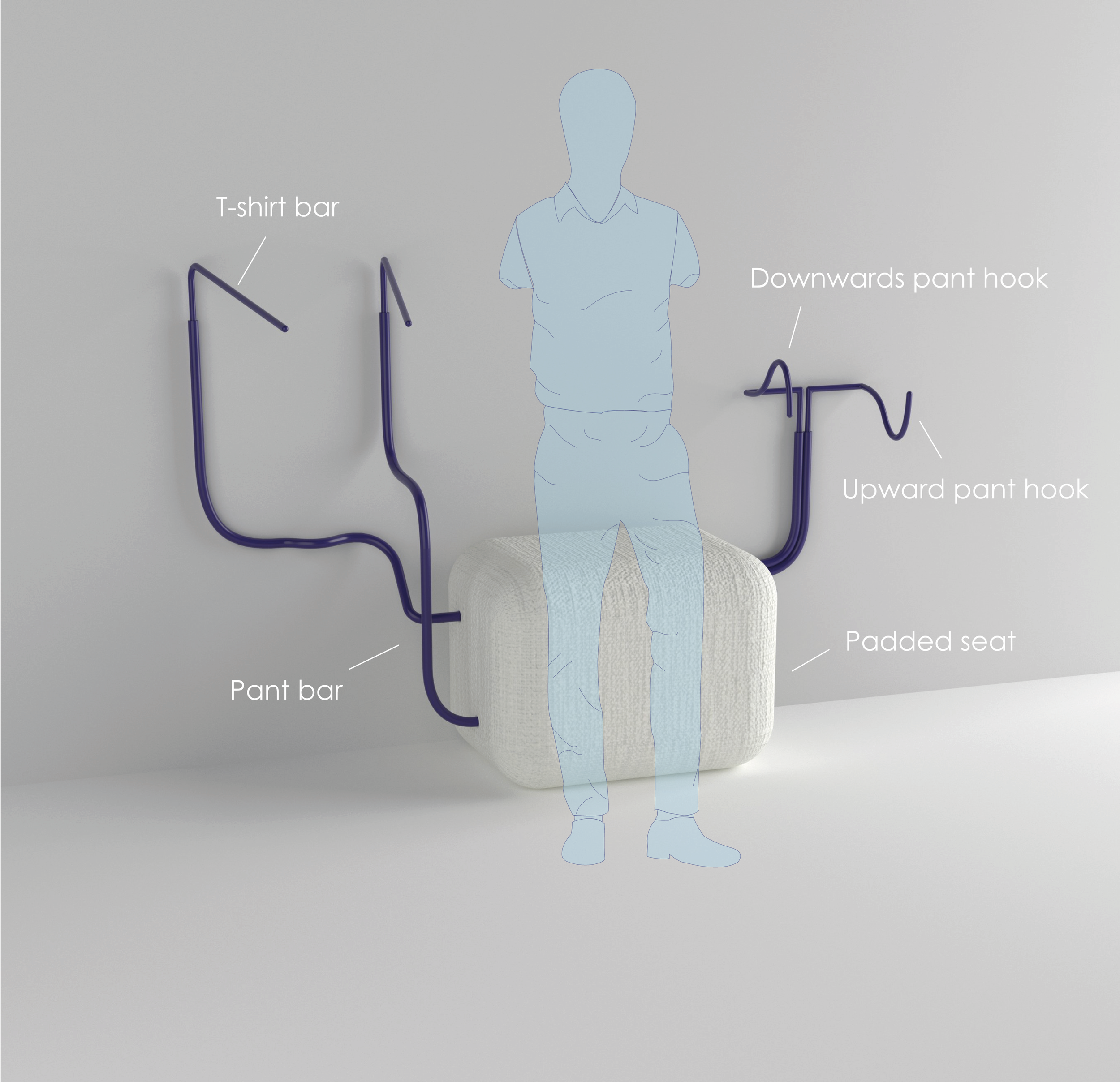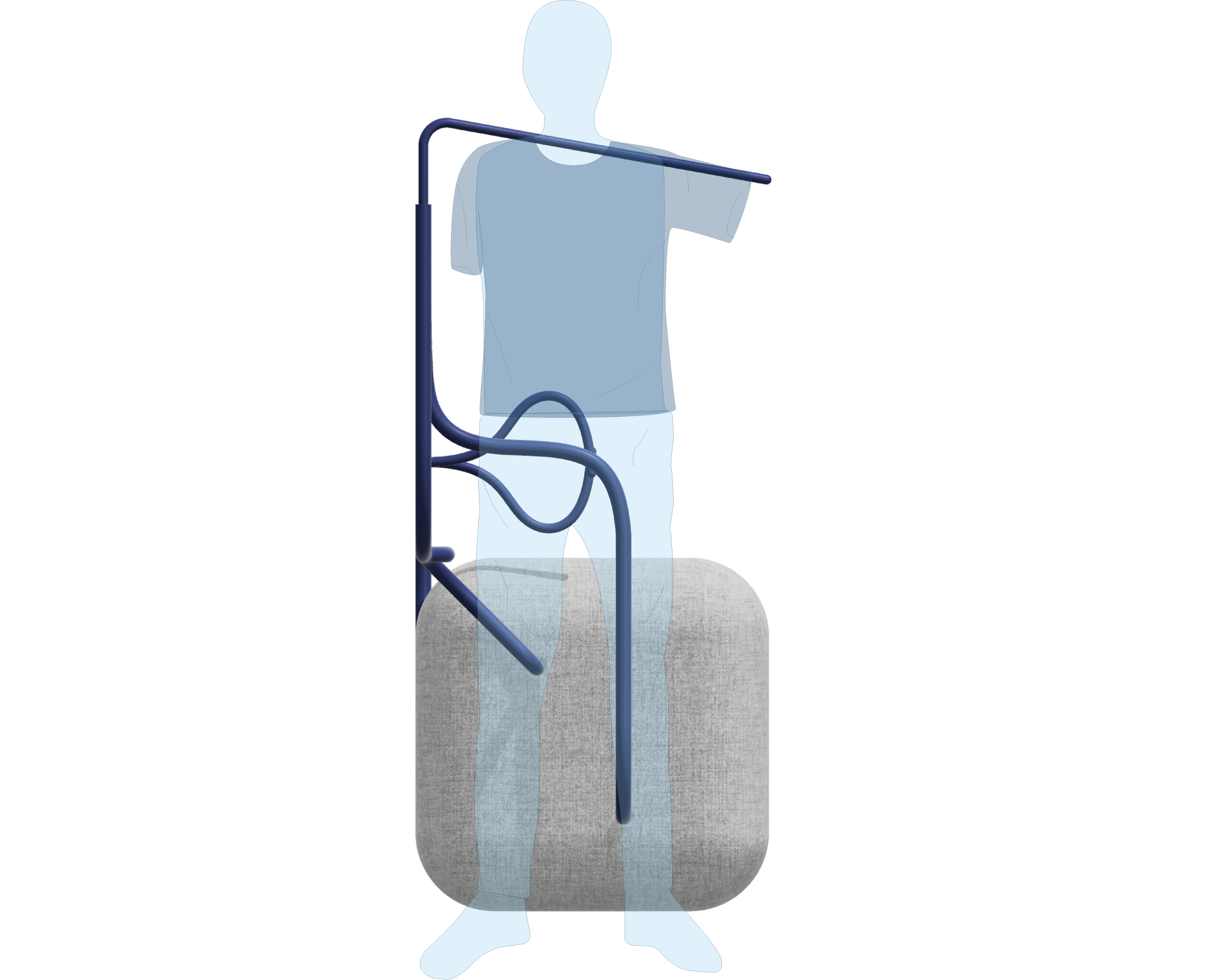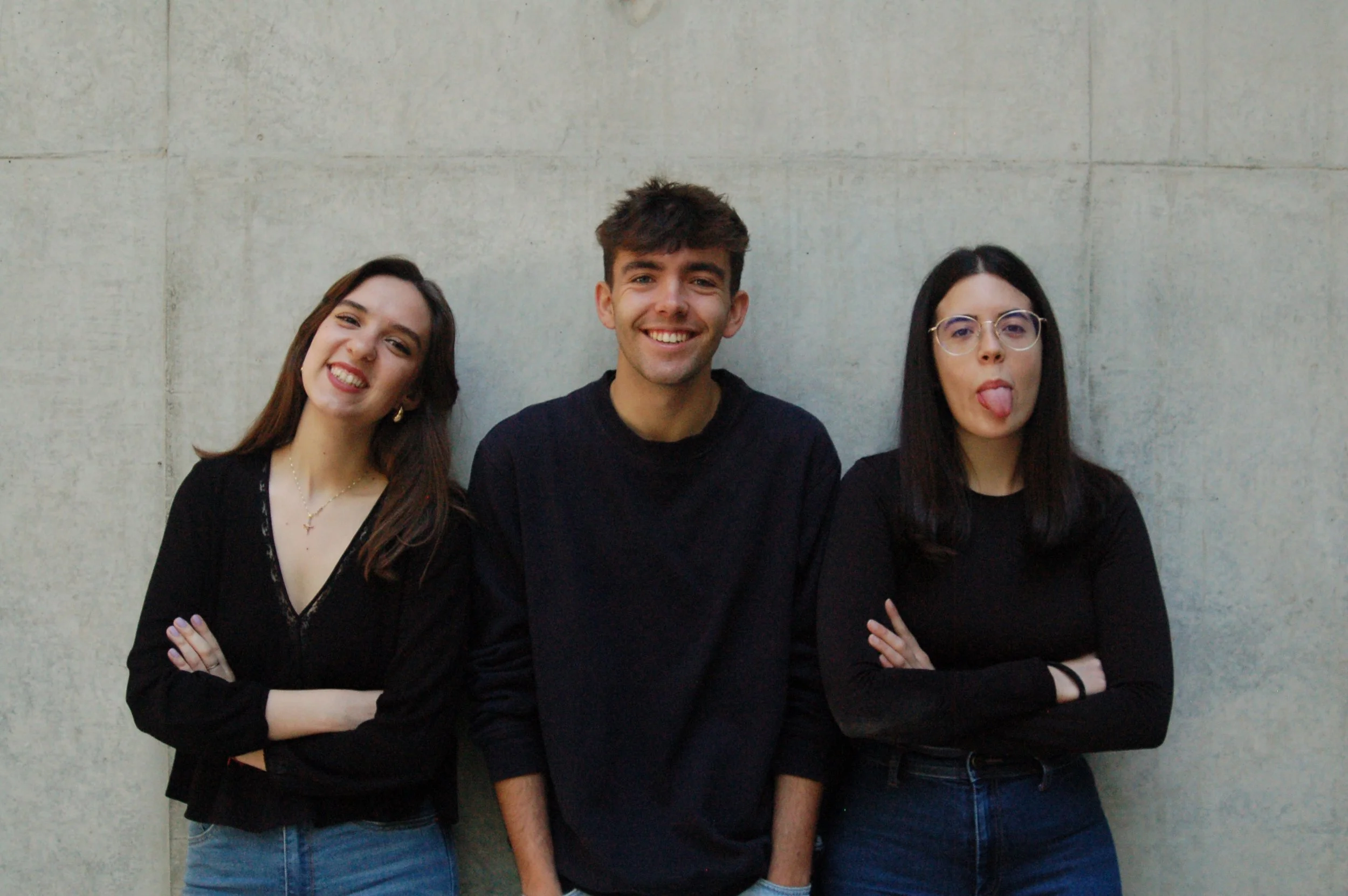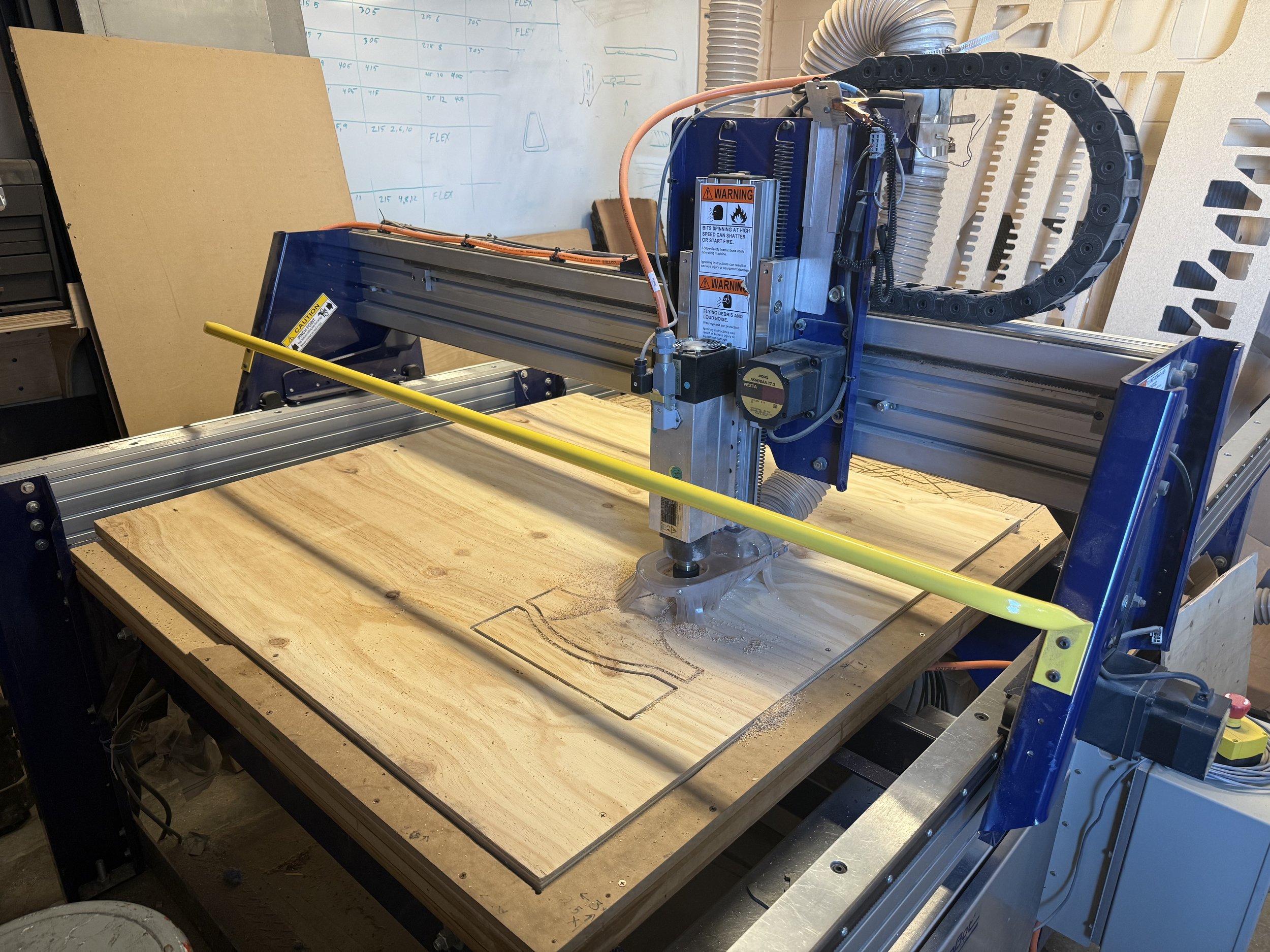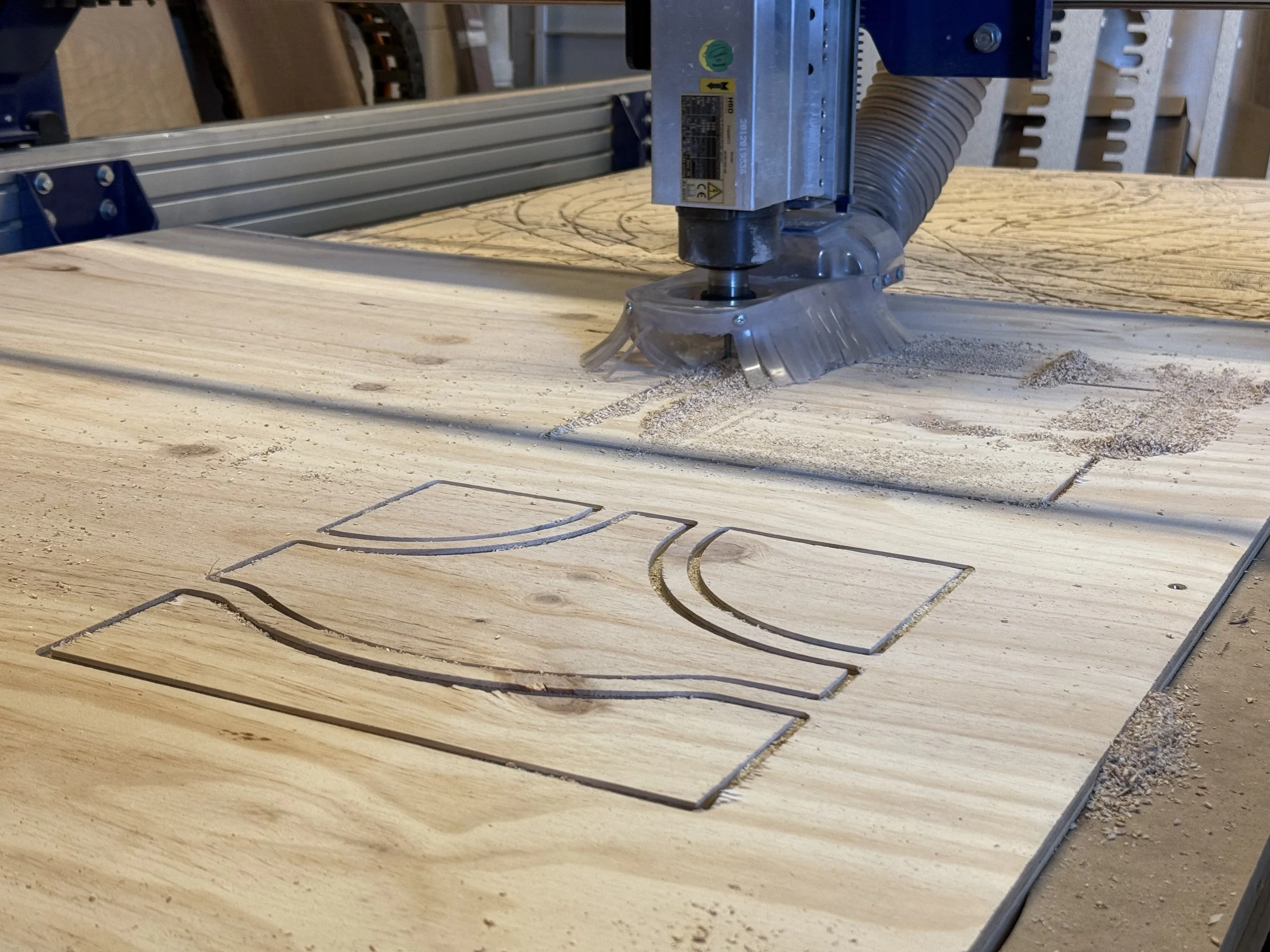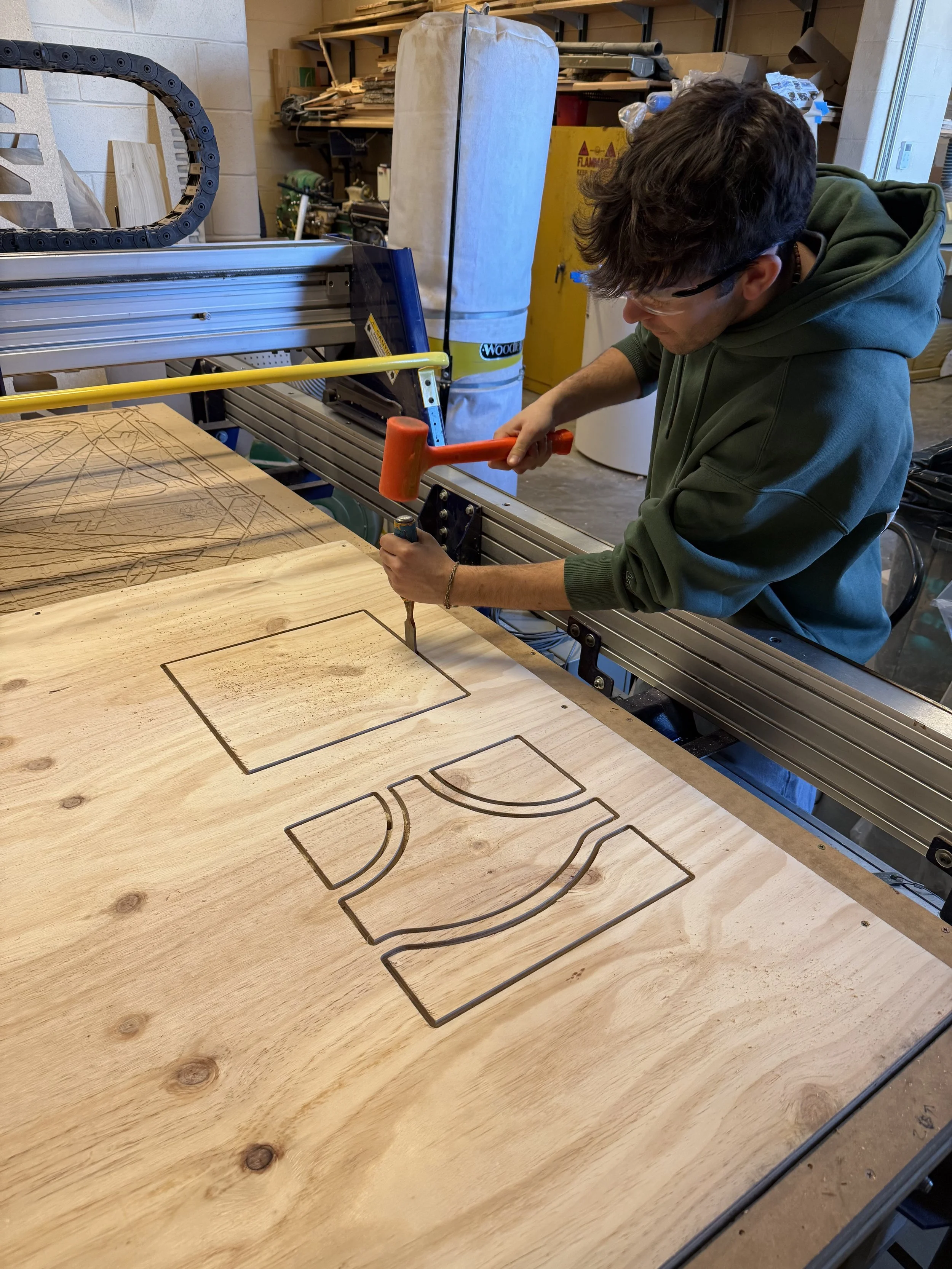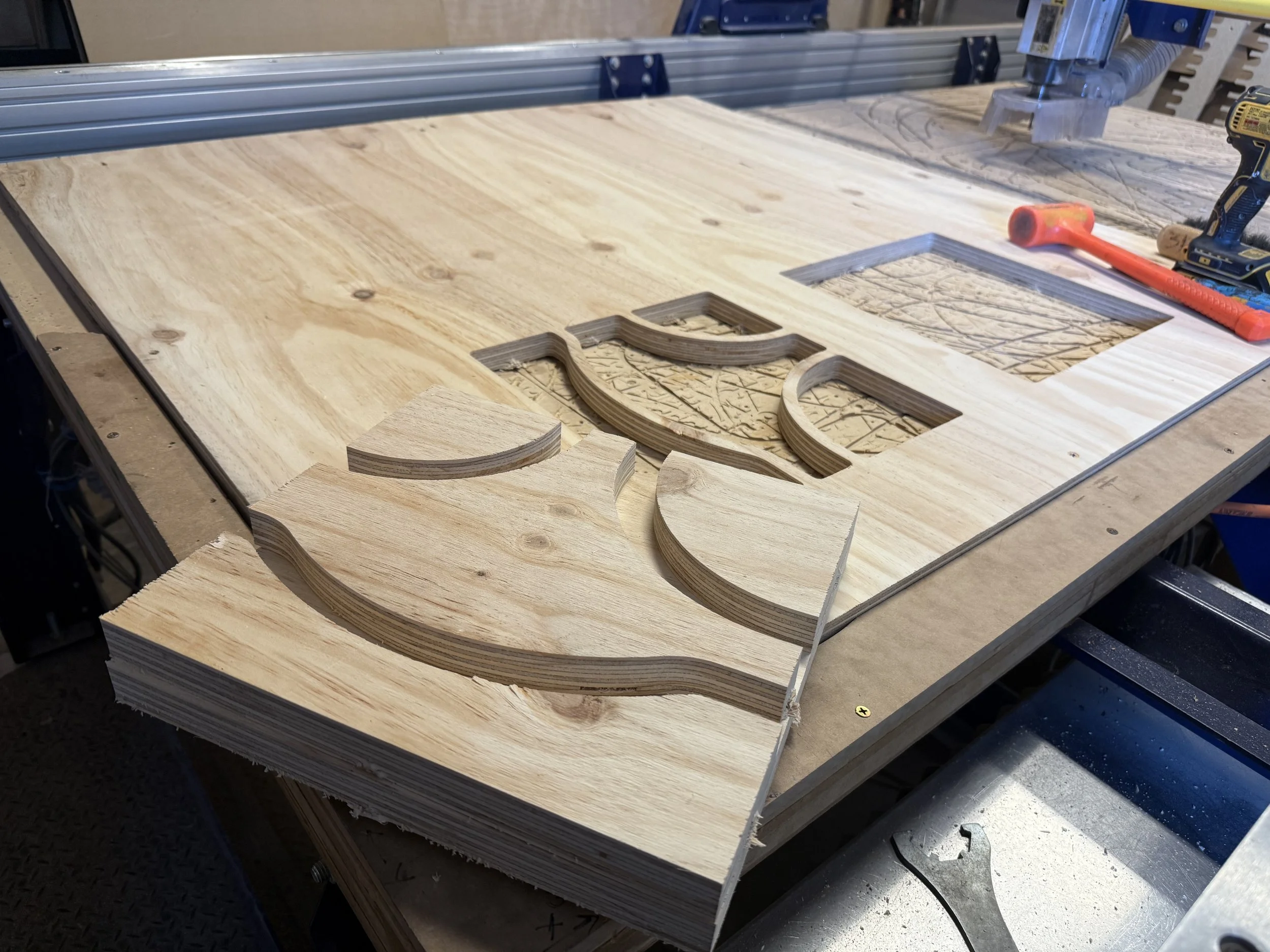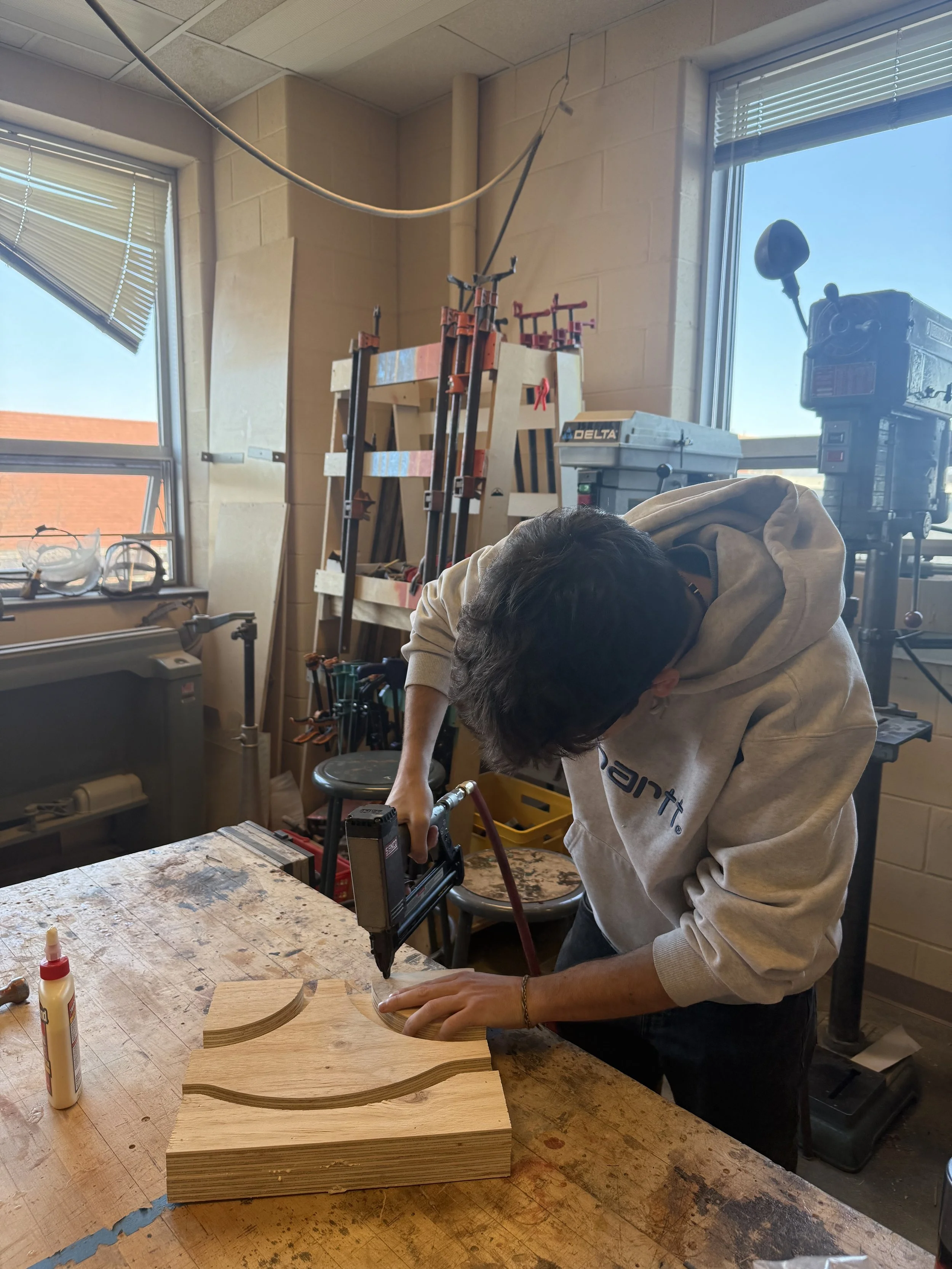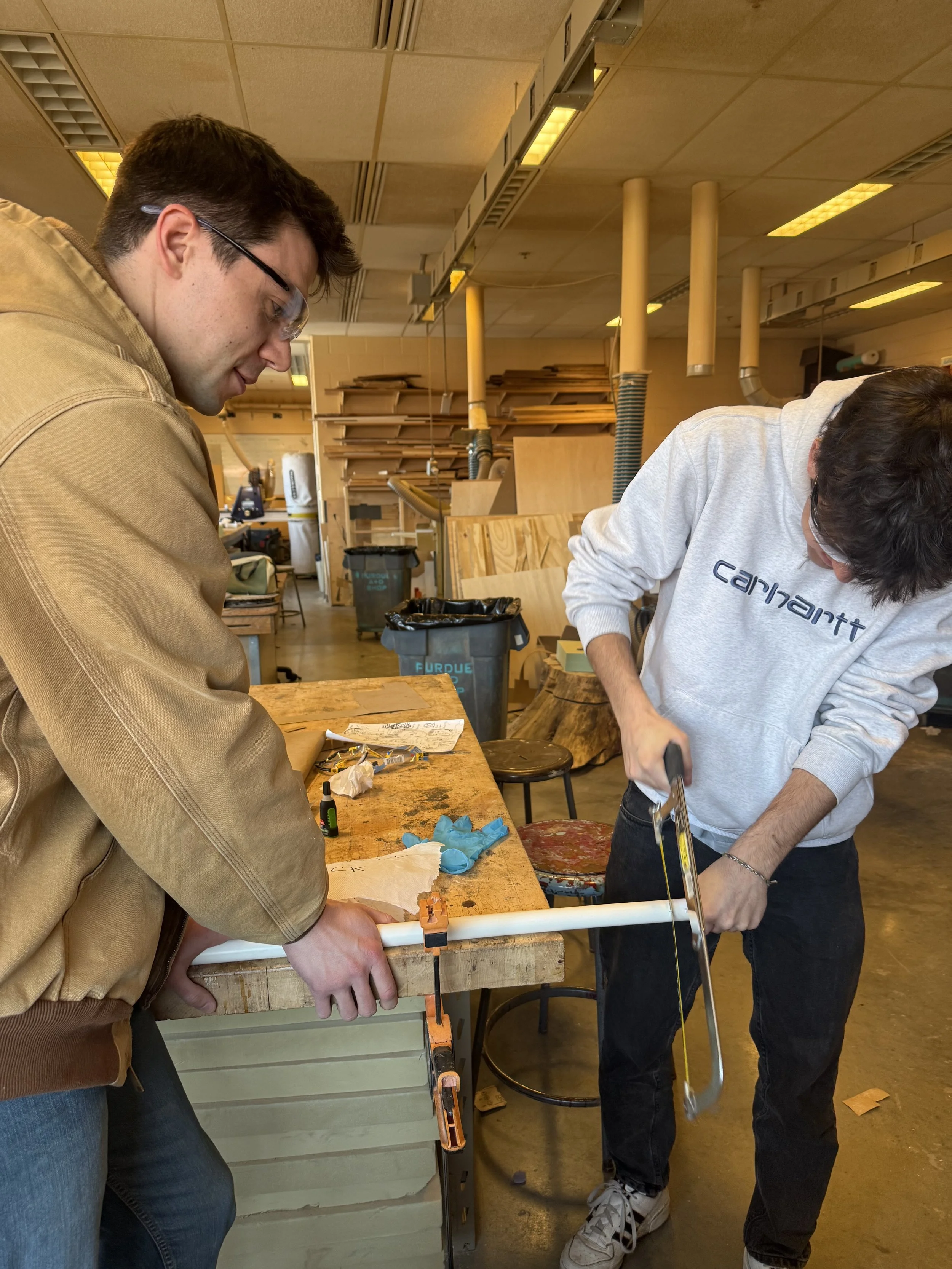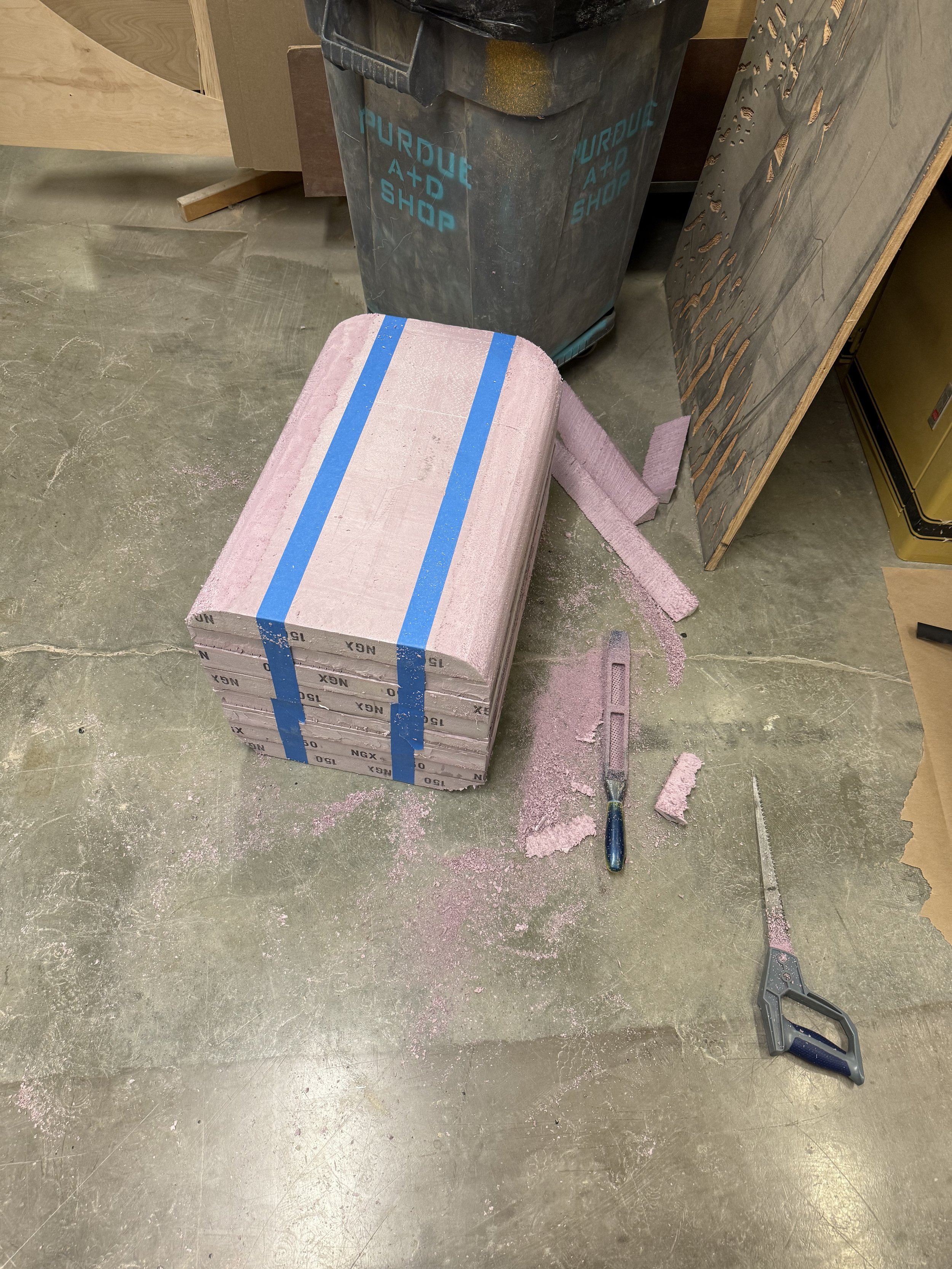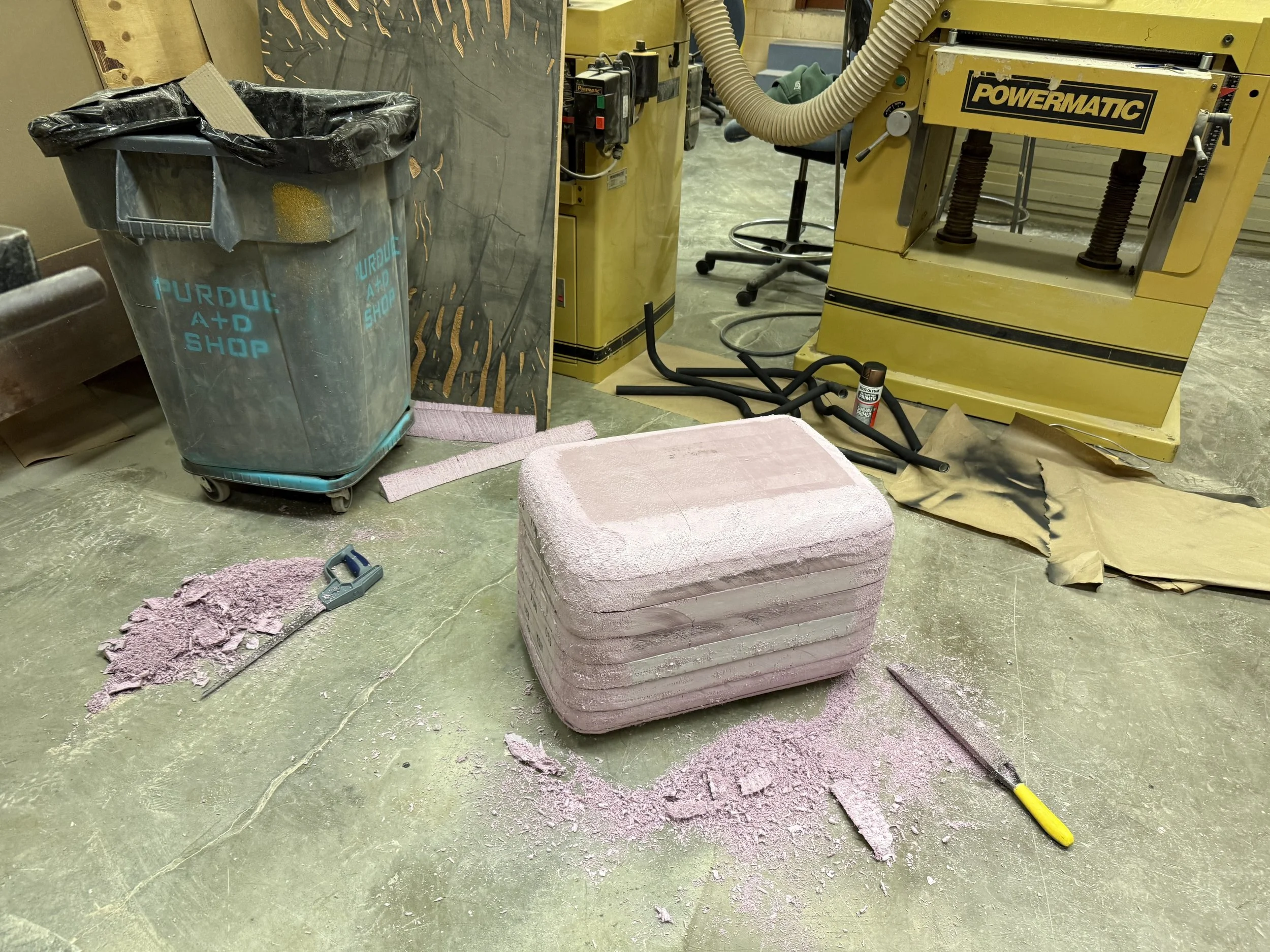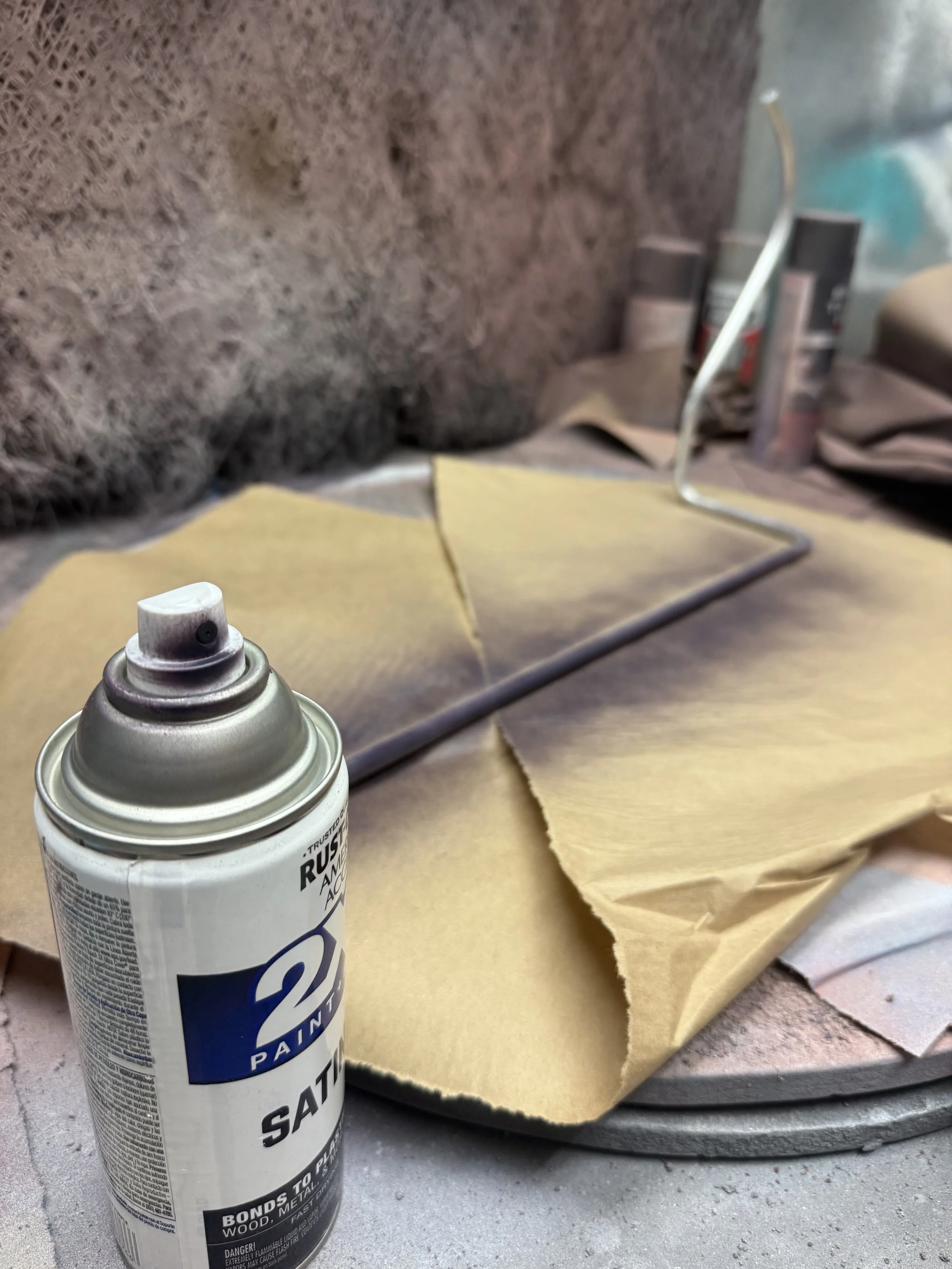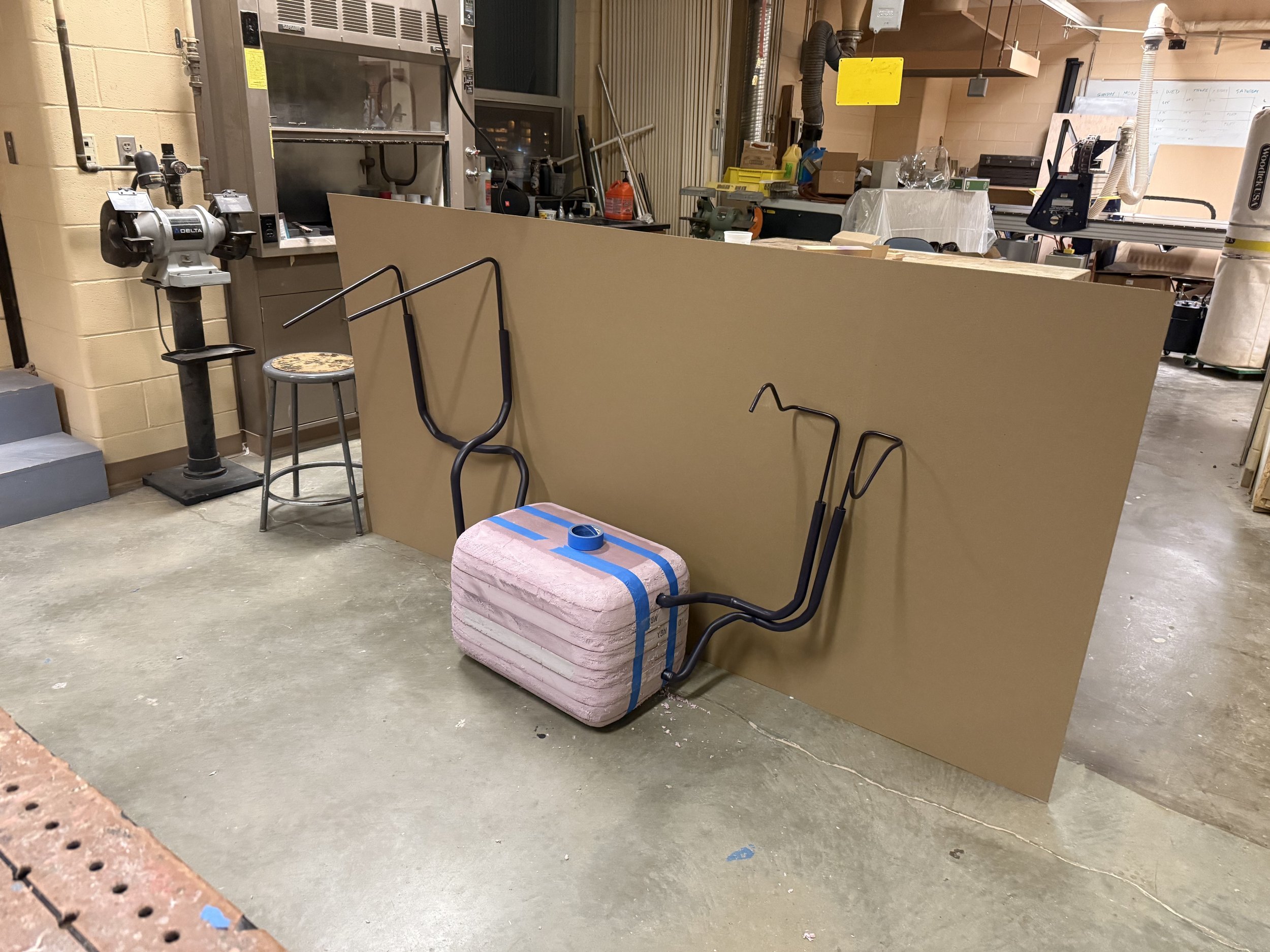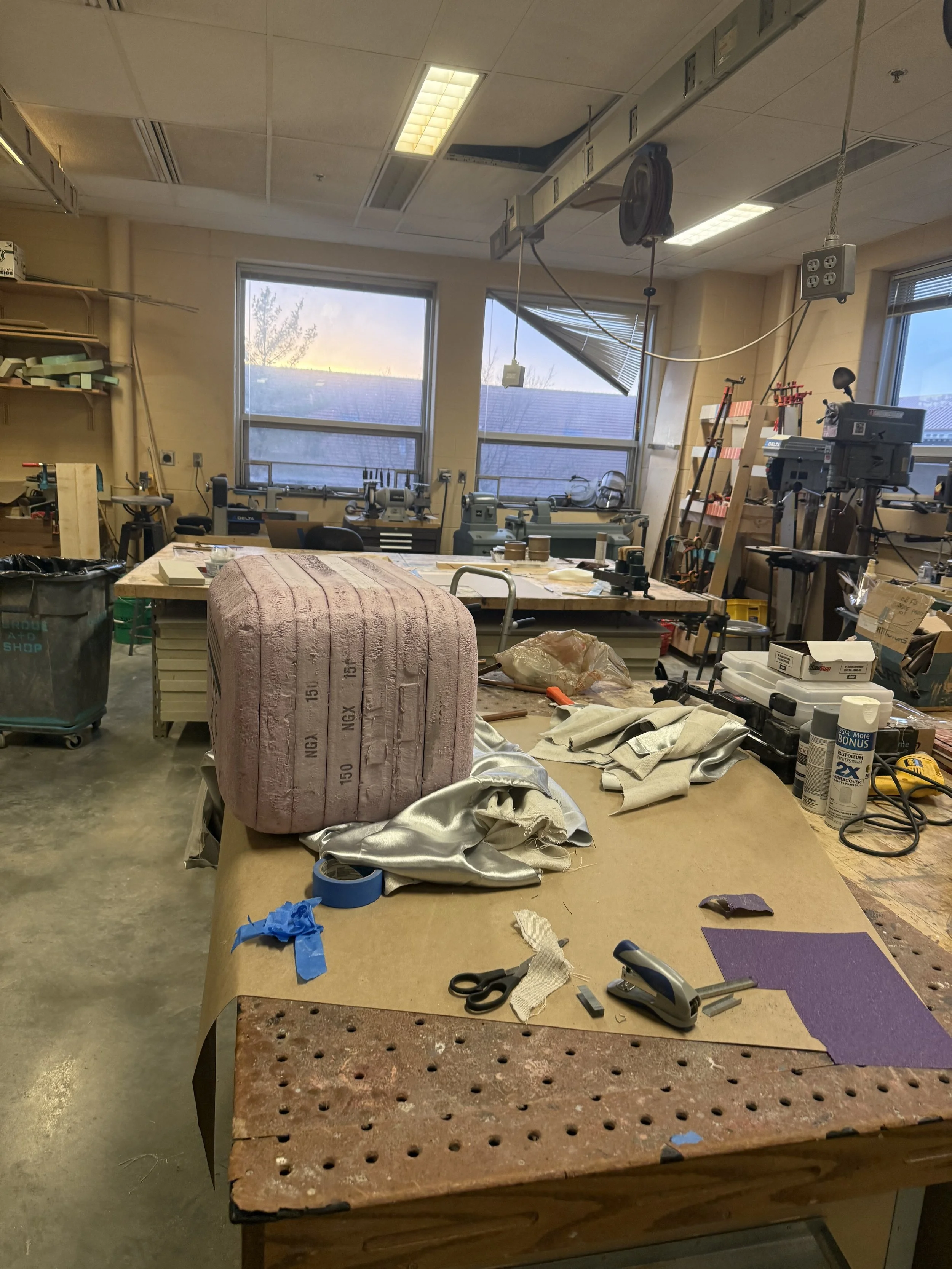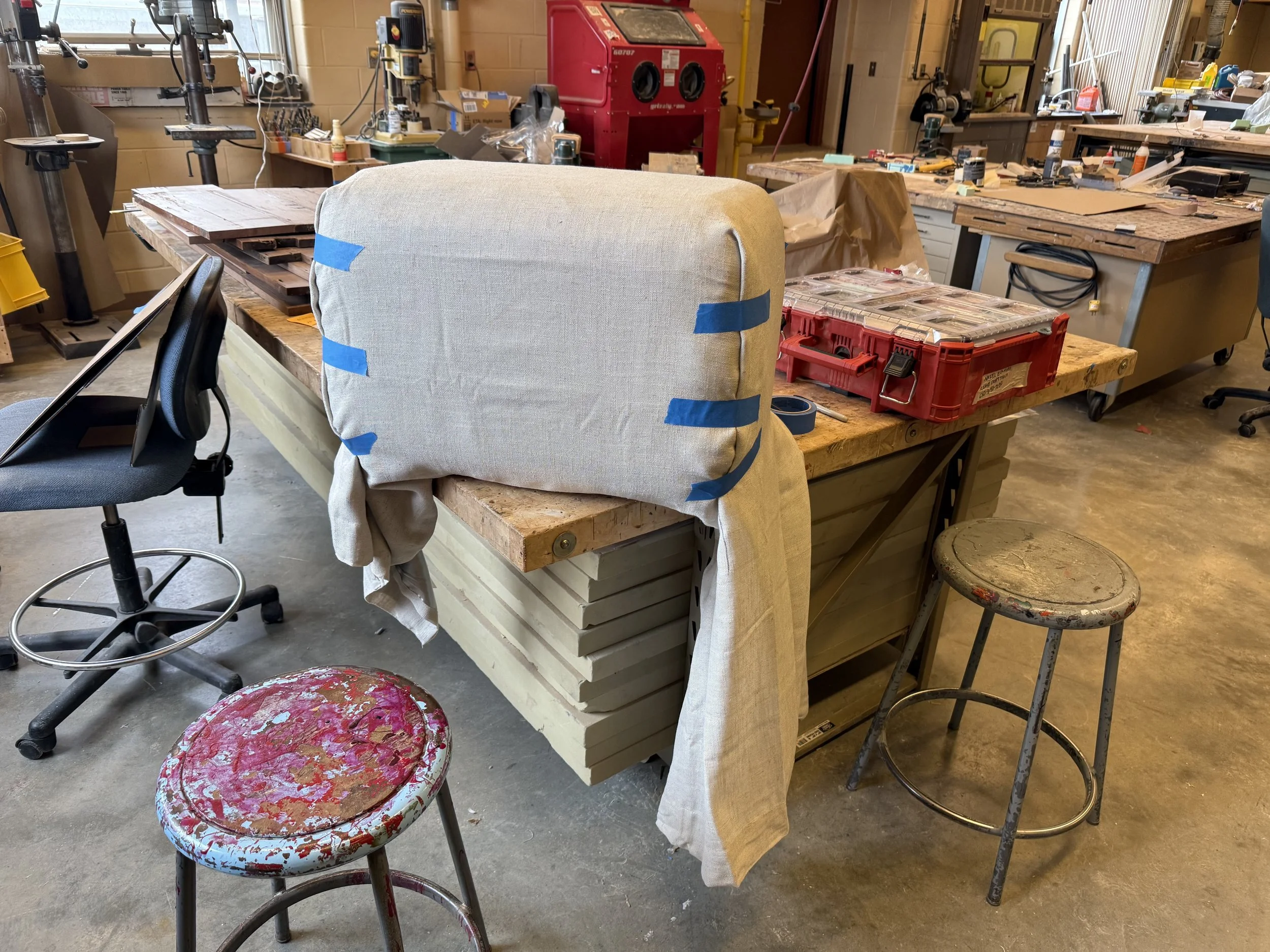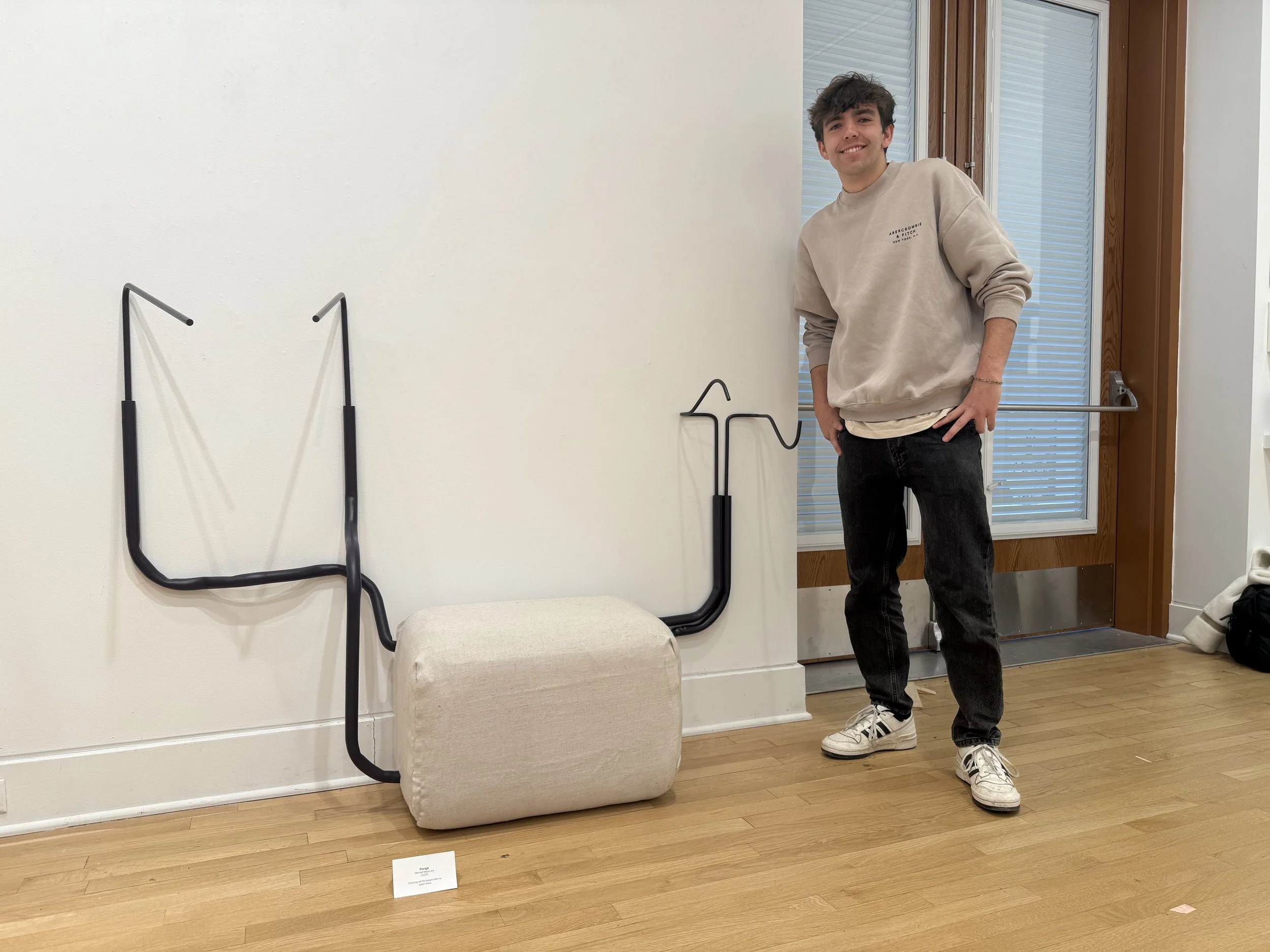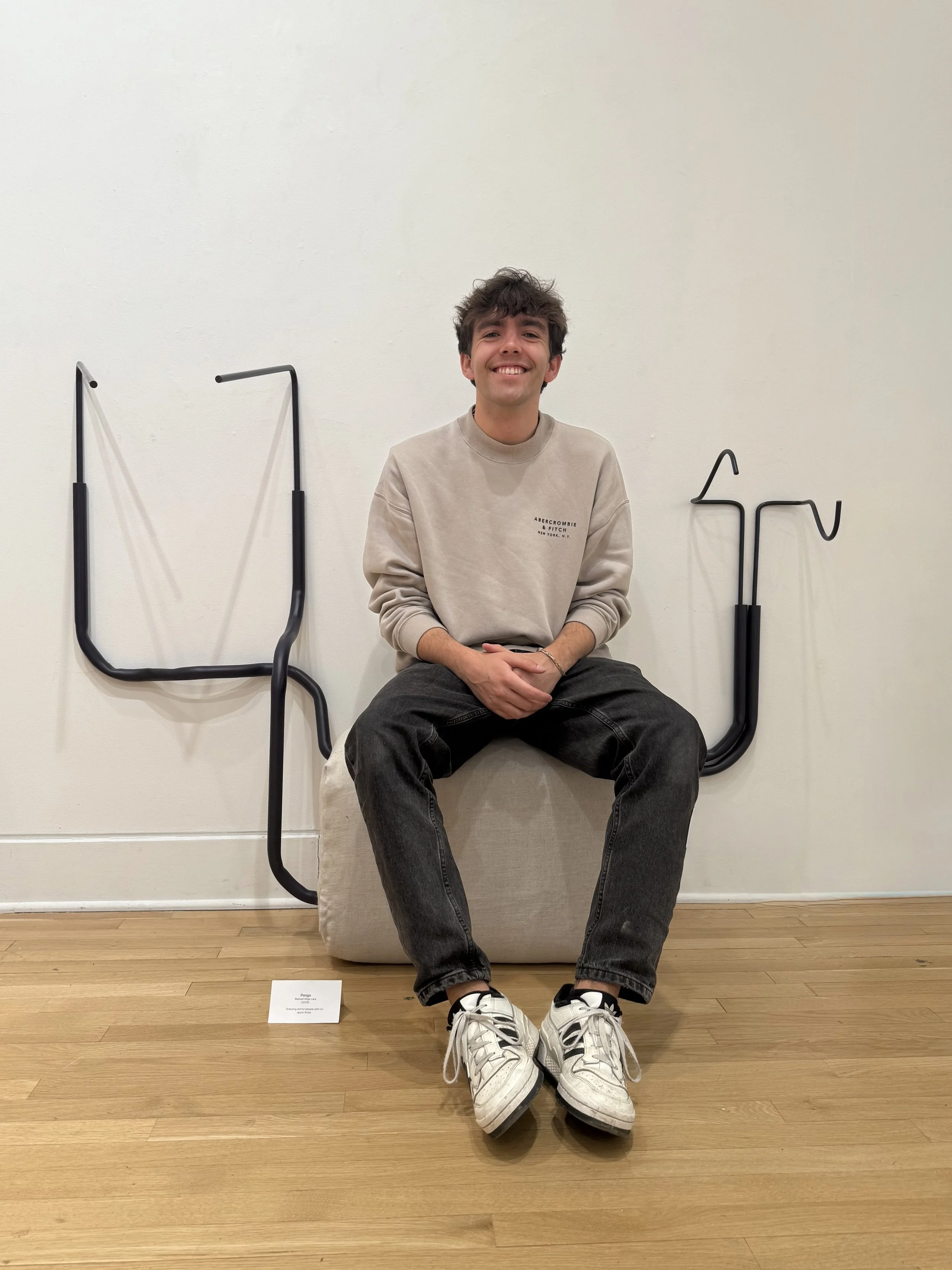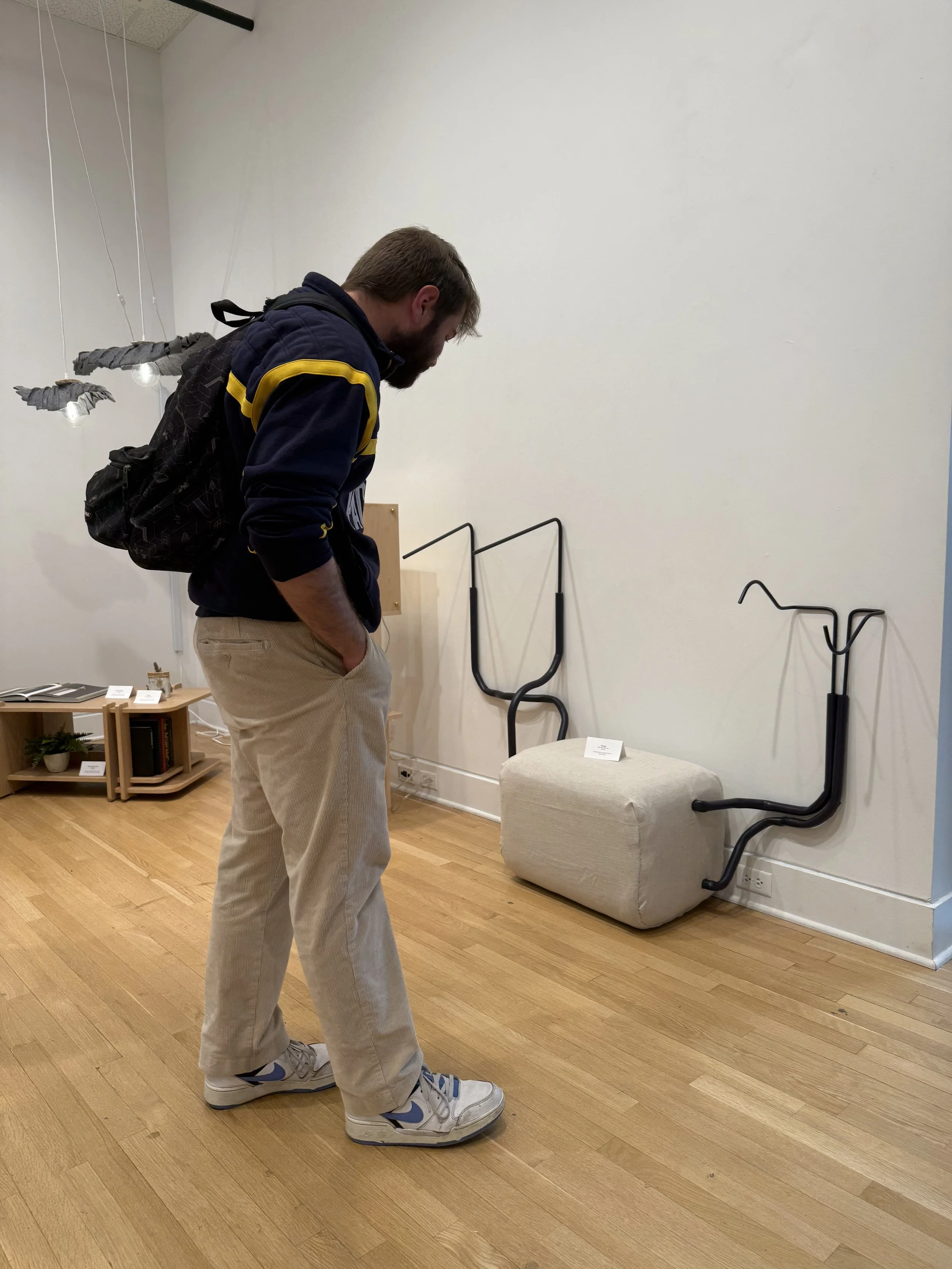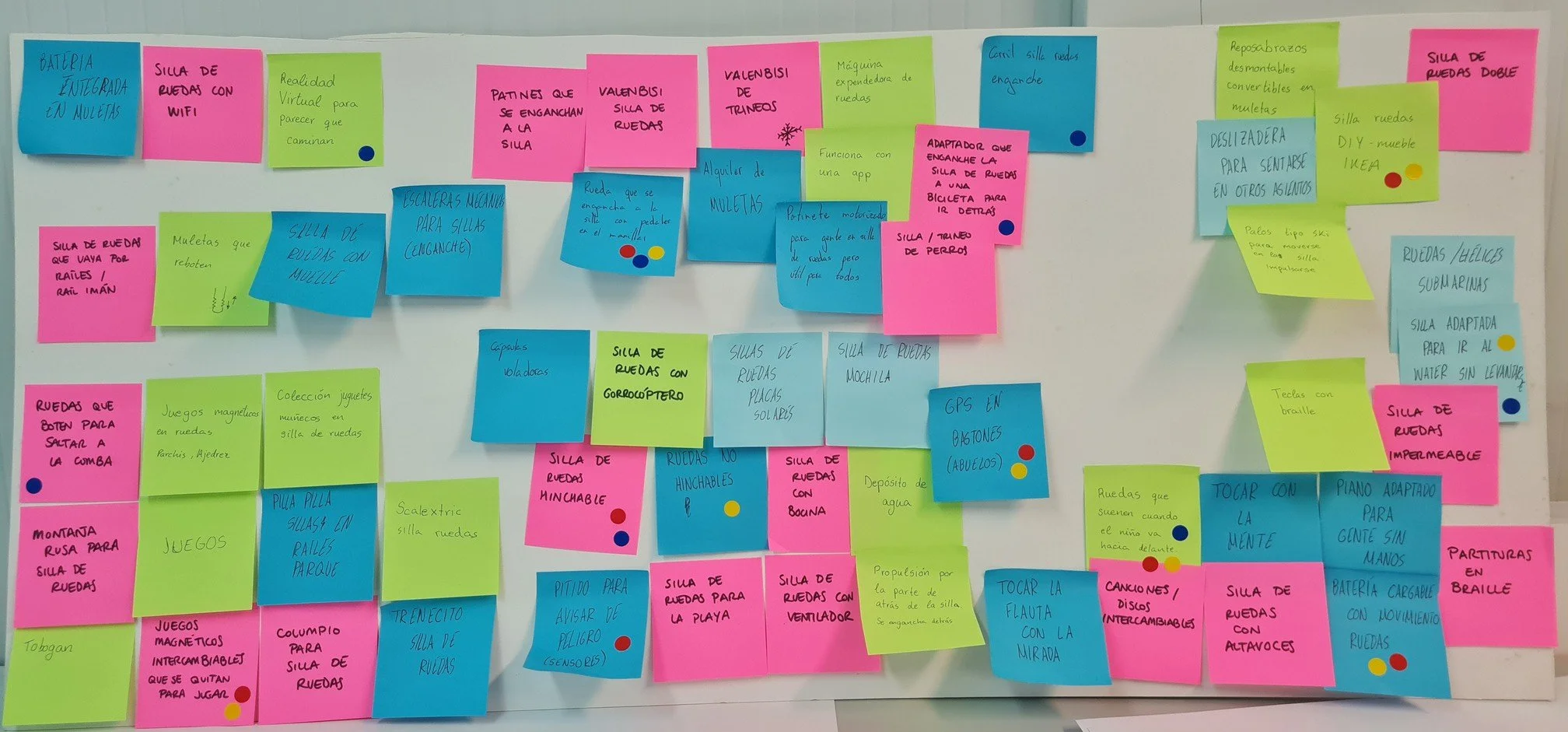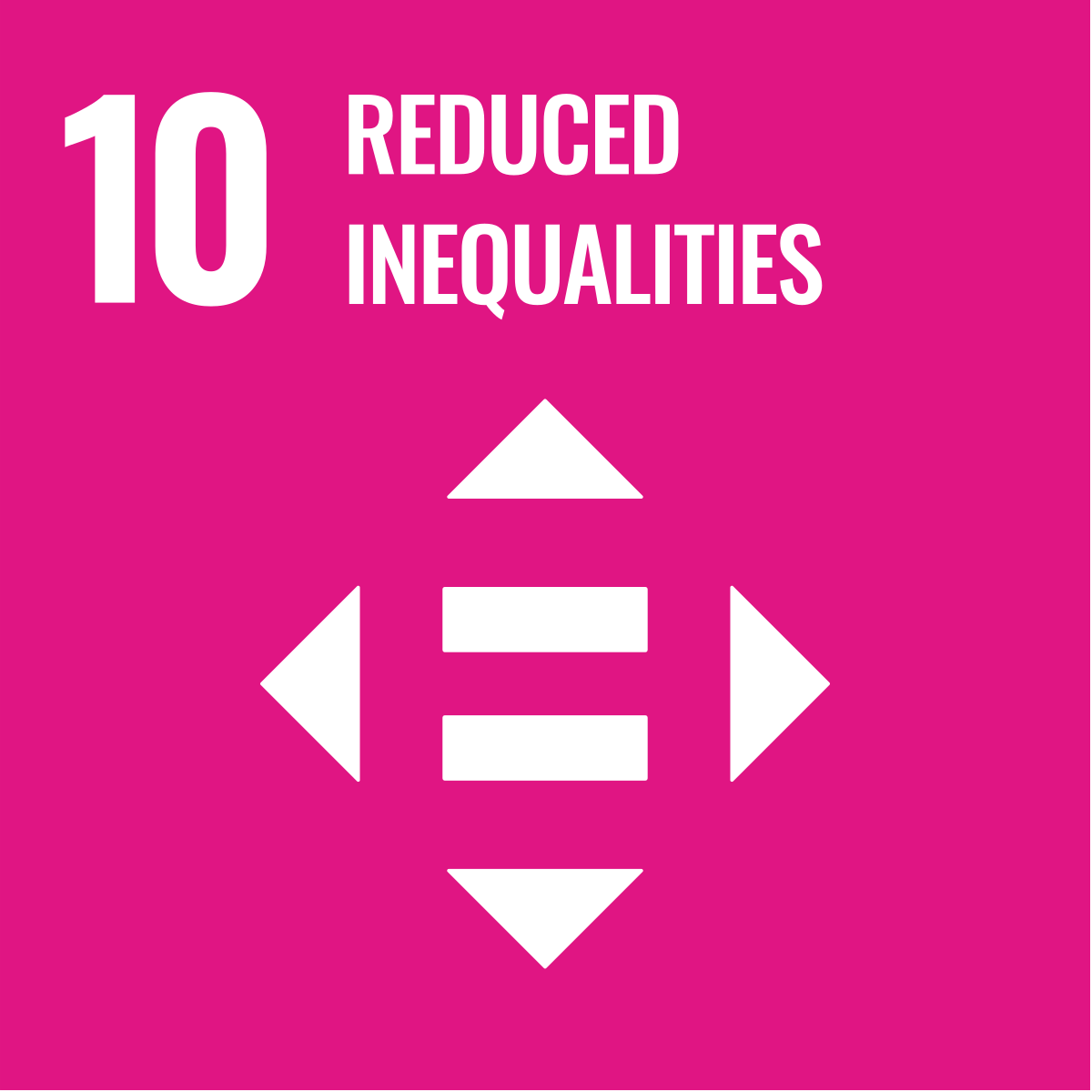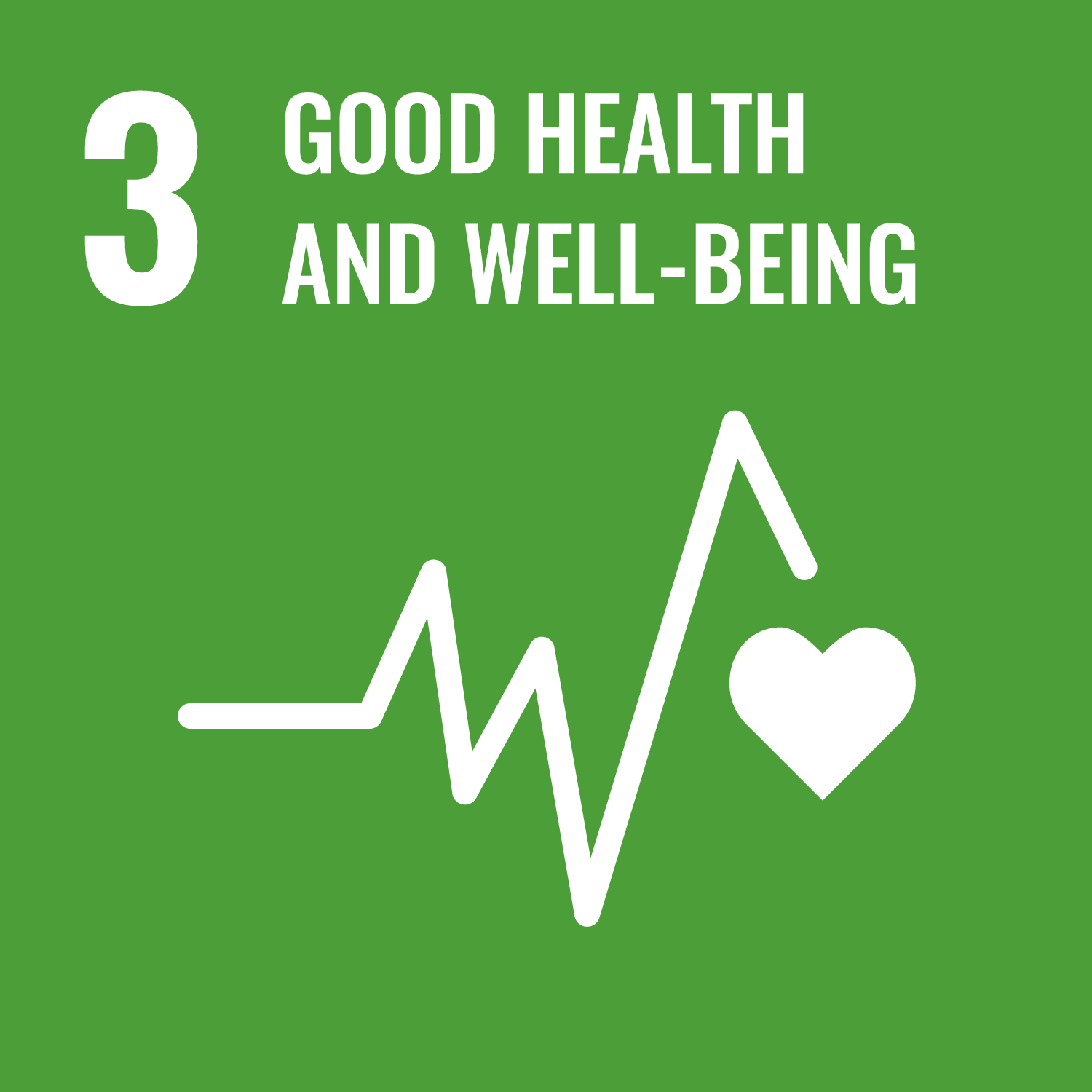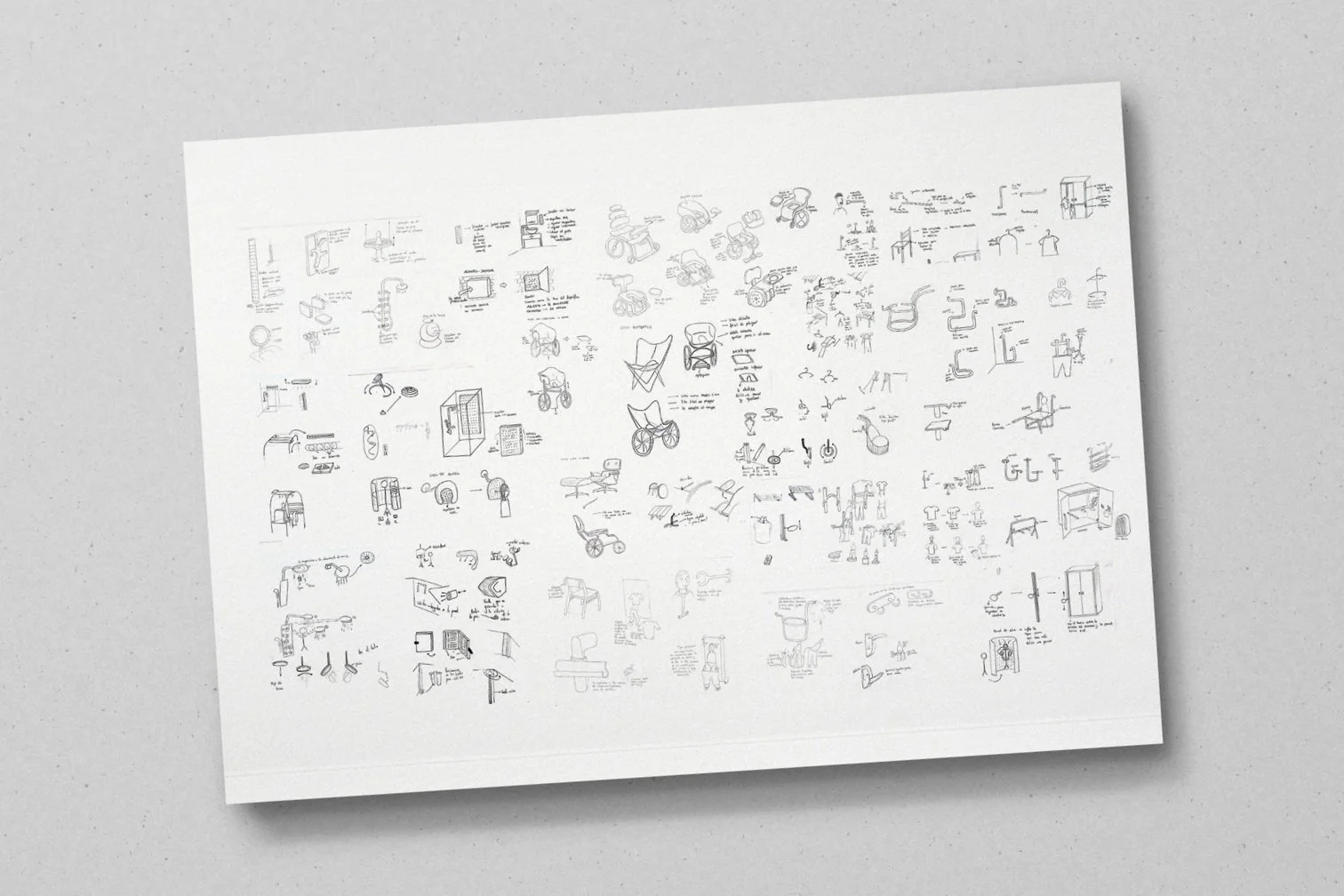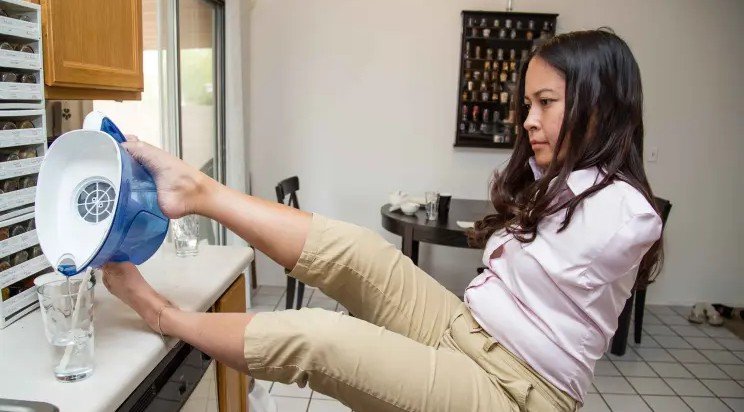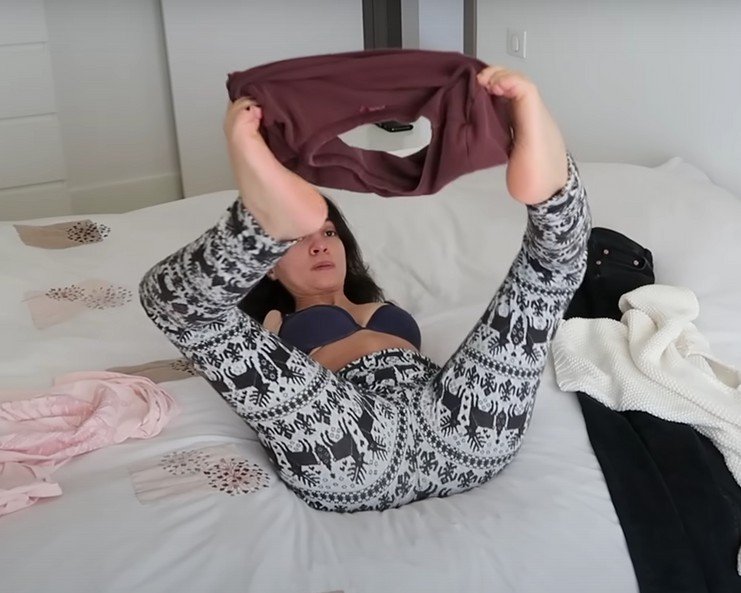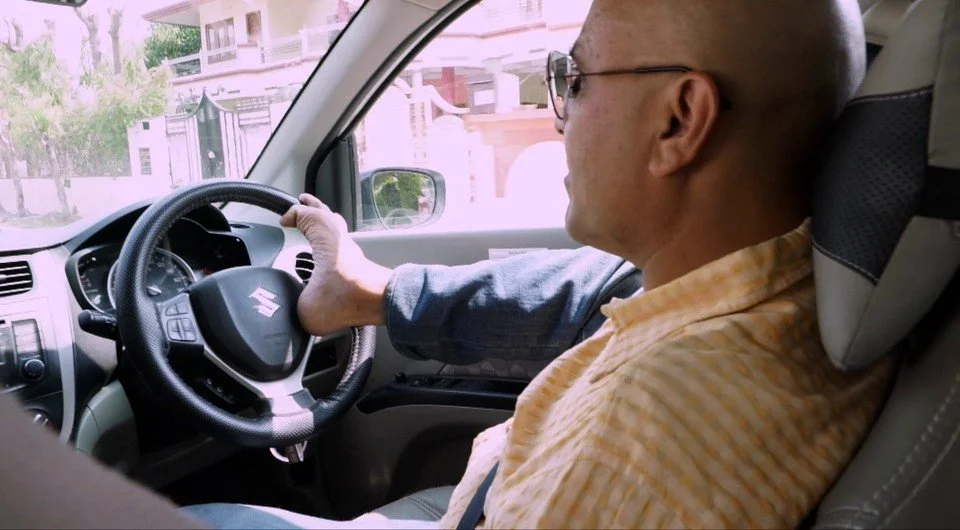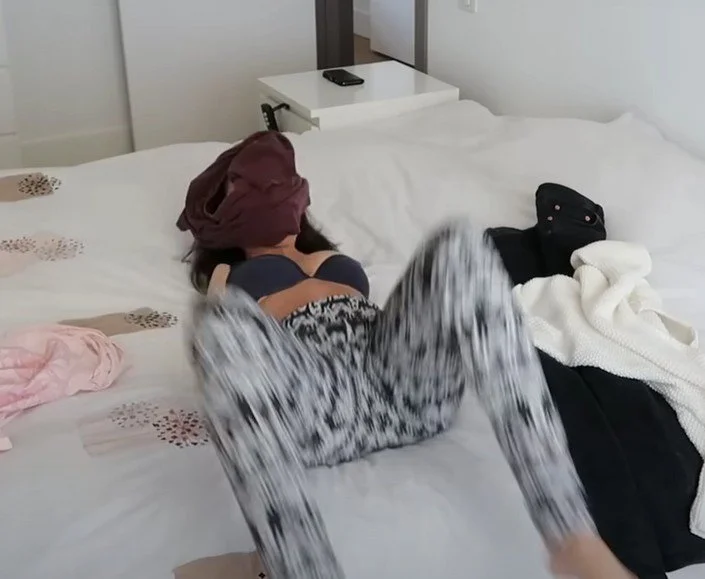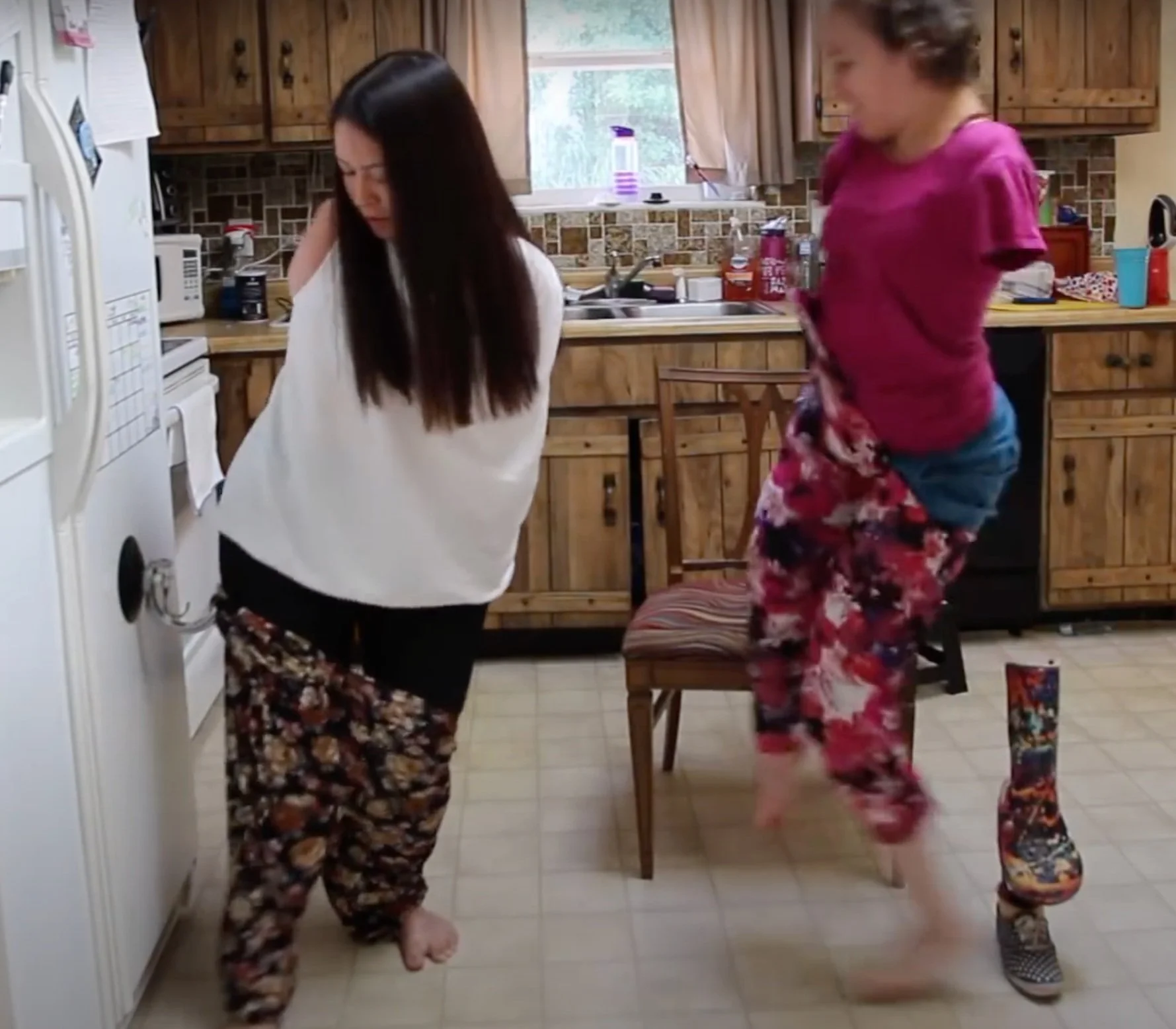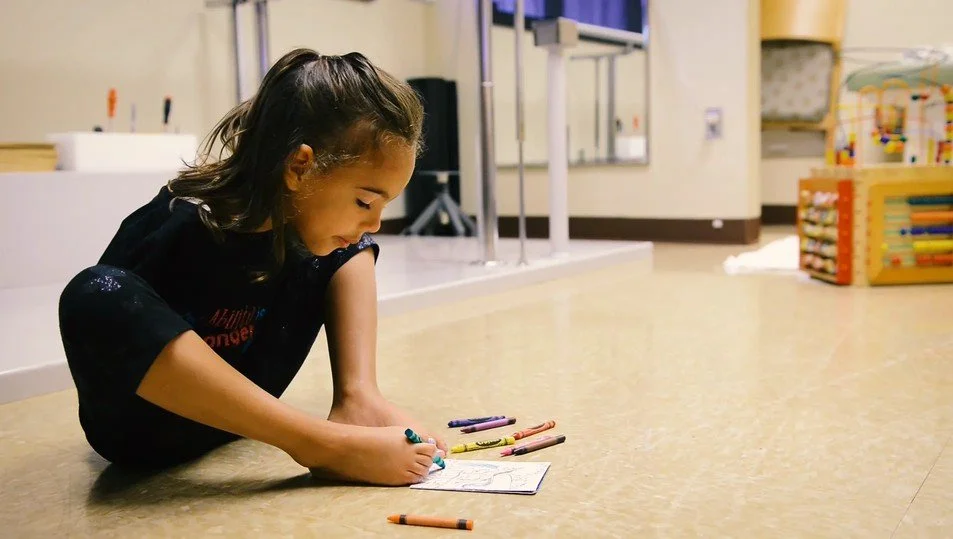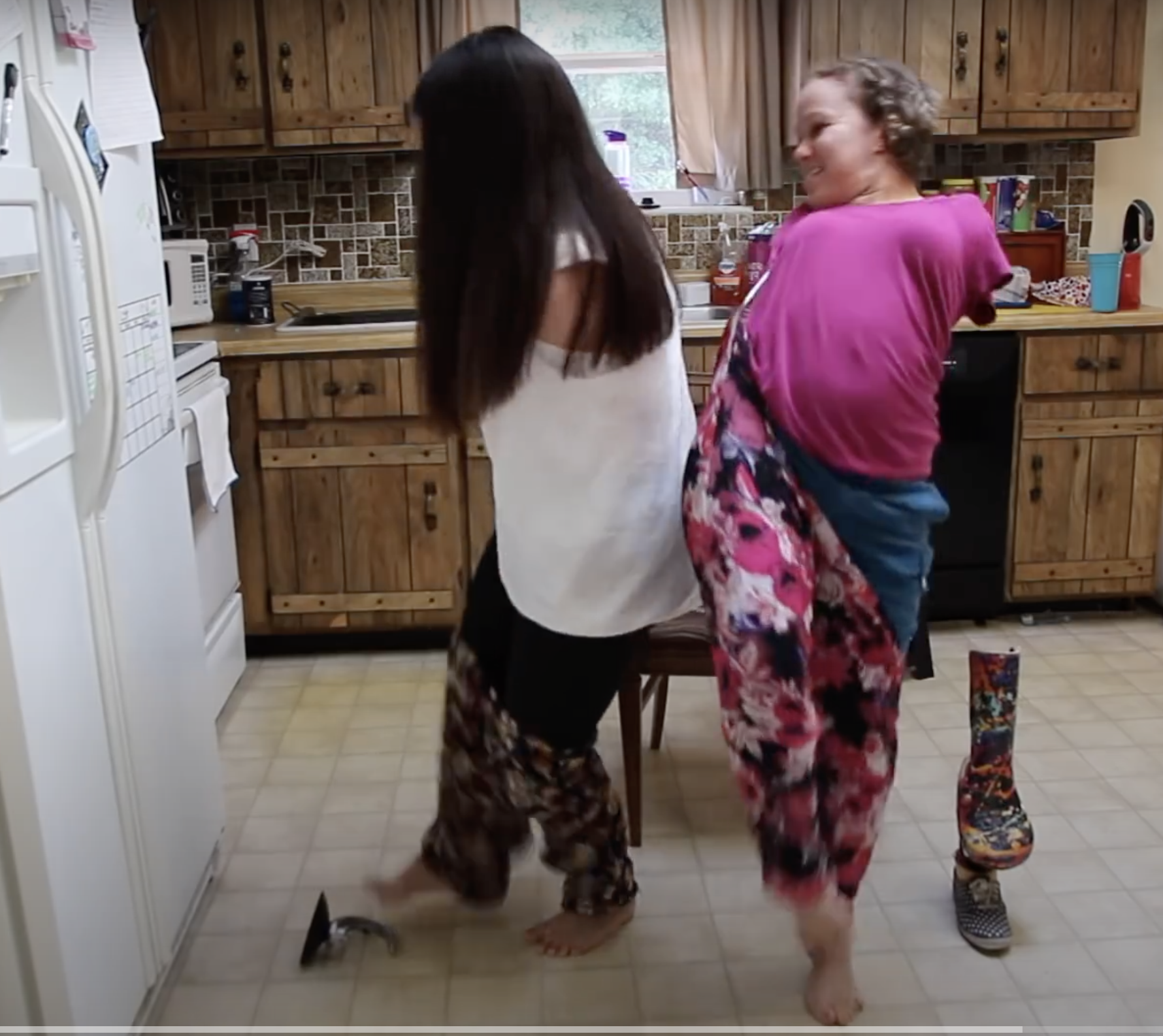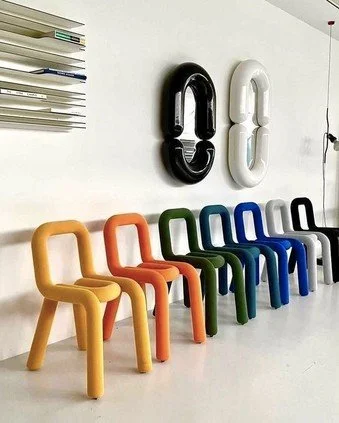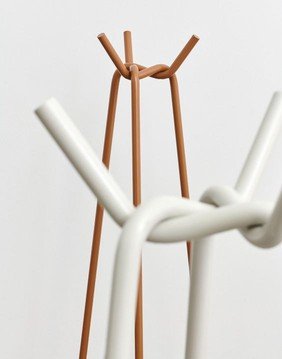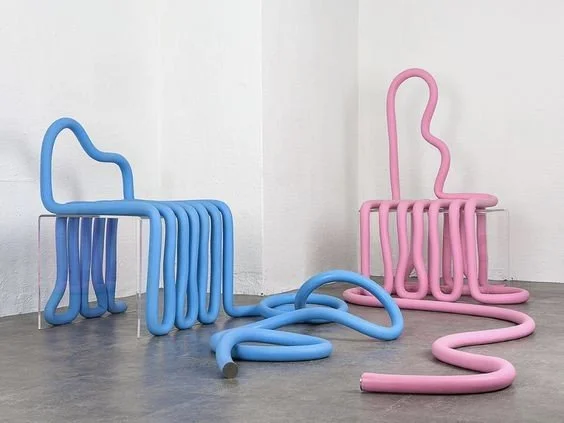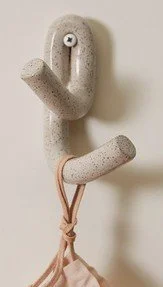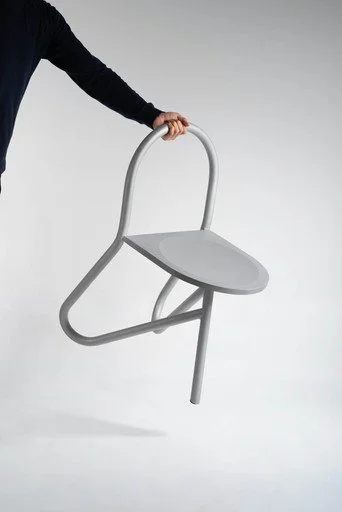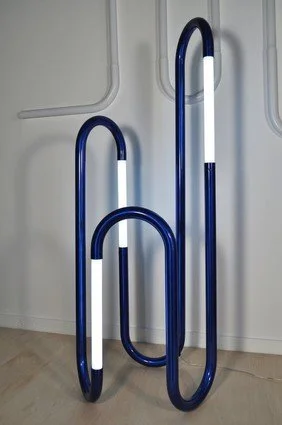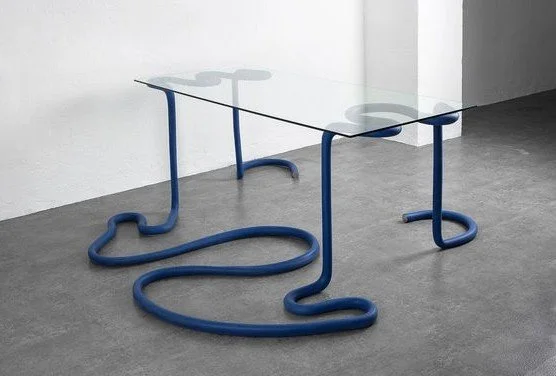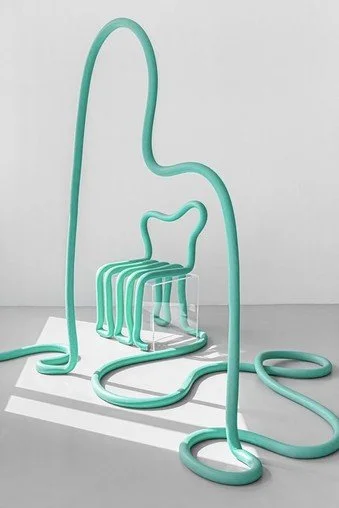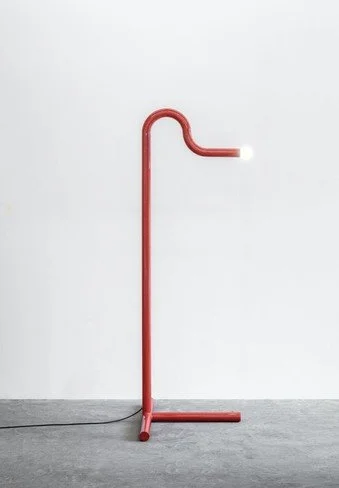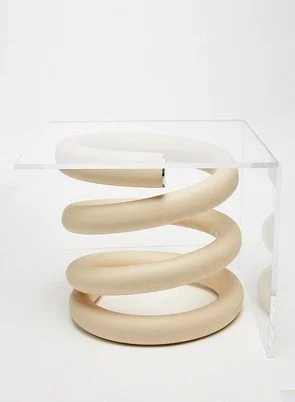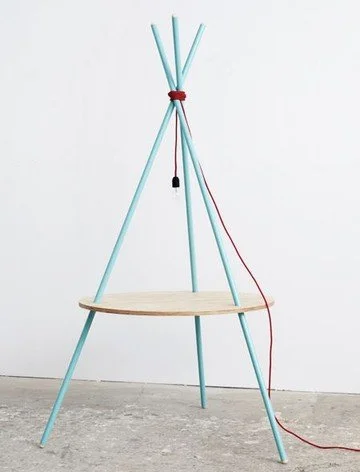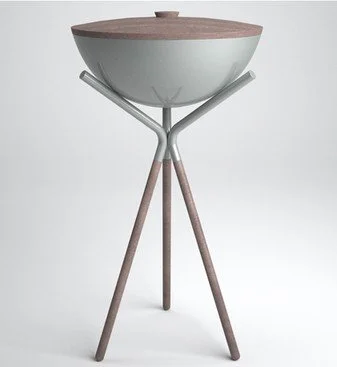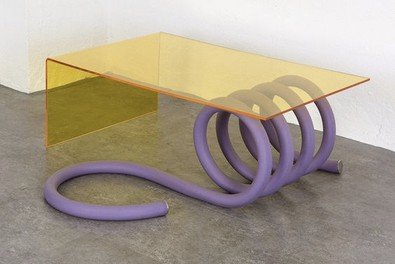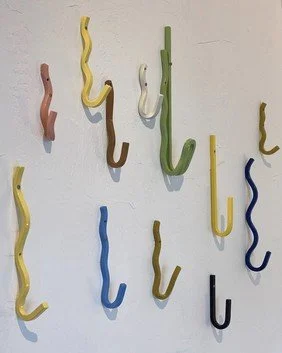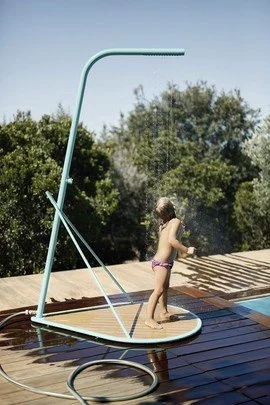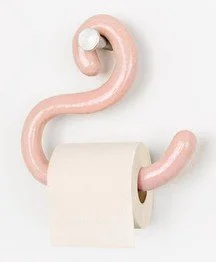Piece of furniture that eases the process of getting dressed for people with no upper limbs. It is formed by three main sections; the t-shirt bars, the pants' hooks and a padded seat. The bars and hooks are adjustable so the product can be adapted to the user's height. The padded seat acts as storage, facilitating the transport of the product and its bars.
Emphasis
SDG Reduced Inequalities and Conceptualization
Tools
Shapr3D, Rhinoceros and V-Ray
Pongo
Getting dressed with no arms can be quite challenging. Currently, people in this situation have no other option but to develop the skill of getting dressed or make use of inadequate and uncomfortable tools.
The inclined bars allow the user to hang any upper body garment and put it on with much more efficiency. It is much easier than throwing the garment with their feet until it is well positioned. The vertical bar and hooks are focused on helping with putting pants on.
T-shirt on
1. Hang t-shirt through its collar
2. Bend down to get out of the t-shirt
3. Tuck head inside the t-shirt and through the collar
T-shirt off
1. Insert the bar through the t-shirt’s collar and sleeve
2. Adjust t-shirt to bars
3. The t-shirt is left hanging on the bar
Pants on
1. Tuck legs into pants
2. Raise pants using the road until they reach the knees
3. With the hook, raise pants until proper adjustment
My Team
Cristina Pulido
Me
Paula Gómez
The protortype process
Brief/Brainstroming
Brief
Develop a product as part of a team where members complement each other’s skills, share a cohesive style, and align in their academic goals. The project must address one of the 17 Sustainable Development Goals, focusing on creating a strong concept rather than a high-fidelity prototype. The objective is to refine the idea thoroughly, ensuring a well-developed and impactful solution.


